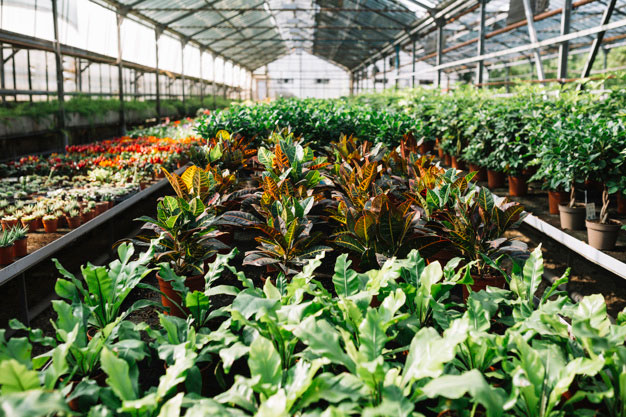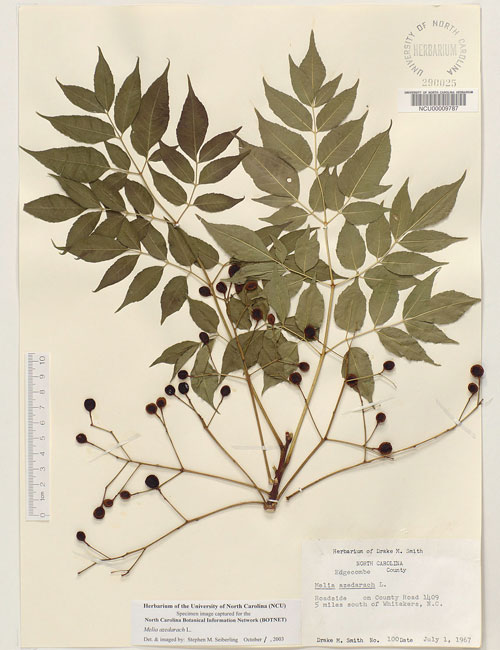Column Chromatography
Column chromatography is one of many forms of chromatography. Others include paper, thin-layer, gas, and HPLC. Most forms of chromatography use a 2-phase system to separate substances on the basis of some physical-chemical property.
The nature of horticulture

Horticulture may be described as the practice of growing plants in a relatively intensive manner. This contrasts with agriculture, which, in most Western European countries, relies on a high level of machinery use over an extensive area of land
Bacteriophages
A bacteriophage is a virus that infects bacteria. Like all viruses, phages are obligate intracellular parasites, devoid of protein synthesizing machinery and energy conversion systems.
Germplasm theory
Germplasm theory of Weismann was a very significant advancement in our understanding of heredity, since this was for the first time that a distinction between hereditary and environmental variations could be made on a sound basis.
Alkaloids
Alkaloids are classified according to the amino acid that provides both the nitrogen atom and the fundamental portion of the alkaloid skeleton, and these are discussed in turn.
Chlorobacteria
The Chloroflexi (Chlorobacteria) are a class of bacteria that produce energy through photosynthesis. They make up the bulk of the filamentous anoxygenic phototrophs
Migration of Germ Cells
In vertebrates, the actual tissue from which gonads arise appears in early development as a pair of genital ridges, growing into the coelom from the dorsal coelomic lining on each side of the hind-gut near the anterior end of the kidney (mesonephros).
Agriculture Biotechnology
Biotechnology can be seen as an imprecise term since the harnessing of any biological process could justifiably be called biotechnology.
Evolution of Nervous Systems
Bilateral nervous systems, the simplest of which occur in flatworms, represent a distinct increase in complexity over the nerve net of radiate animals.
Herbarium

In botany, a herbarium is a collection of preserved plant specimens. These specimens may be whole plants or plant parts: these will usually be in a dried form, mounted on a sheet, but depending upon the material may also be kept in alcohol or other preser
Floriculture
The flower has acquired an unique position in our lives. Floriculture deals with growing or cultivation (large scale) of beautiful flowering plants.
Prokaryotic DNA polymerases
Three different prokaryotic DNA polymerases are known, of which DNA polymerases I and II are meant for DNA repair and DNA polymerase IN is meant for actual DNA replication
Distribution of Life on Earth
The biosphere as usually defined is the thin outer layer of the earth capable of supporting life. It is probably best viewed as a global system that includes all life on earth and the physical environments in which living organisms exist and interact.
Ameboid Movement
Ameboid movement is a form of movement especially characteristic of amebas and other unicellular forms; it is also found in many wandering cells of metazoans, such as white blood cells, embryonic mesenchyme, and numerous other mobile cells that move throu
Bioenergetics
An amalgamation of the term biological energetics, is the branch of biology and biochemistry that is concerned with how organisms extract energy from their environment and with how energy is used to fuel the myriad of life?s endergonic processes.
Macronutrients - Nitrogen
Discovery of the essentiality of nitrogen is often credited to de Saussure (1-3), who in 1804 recognized that nitrogen was a vital constituent of plants, and that nitrogen was obtained mainly from the soil.




